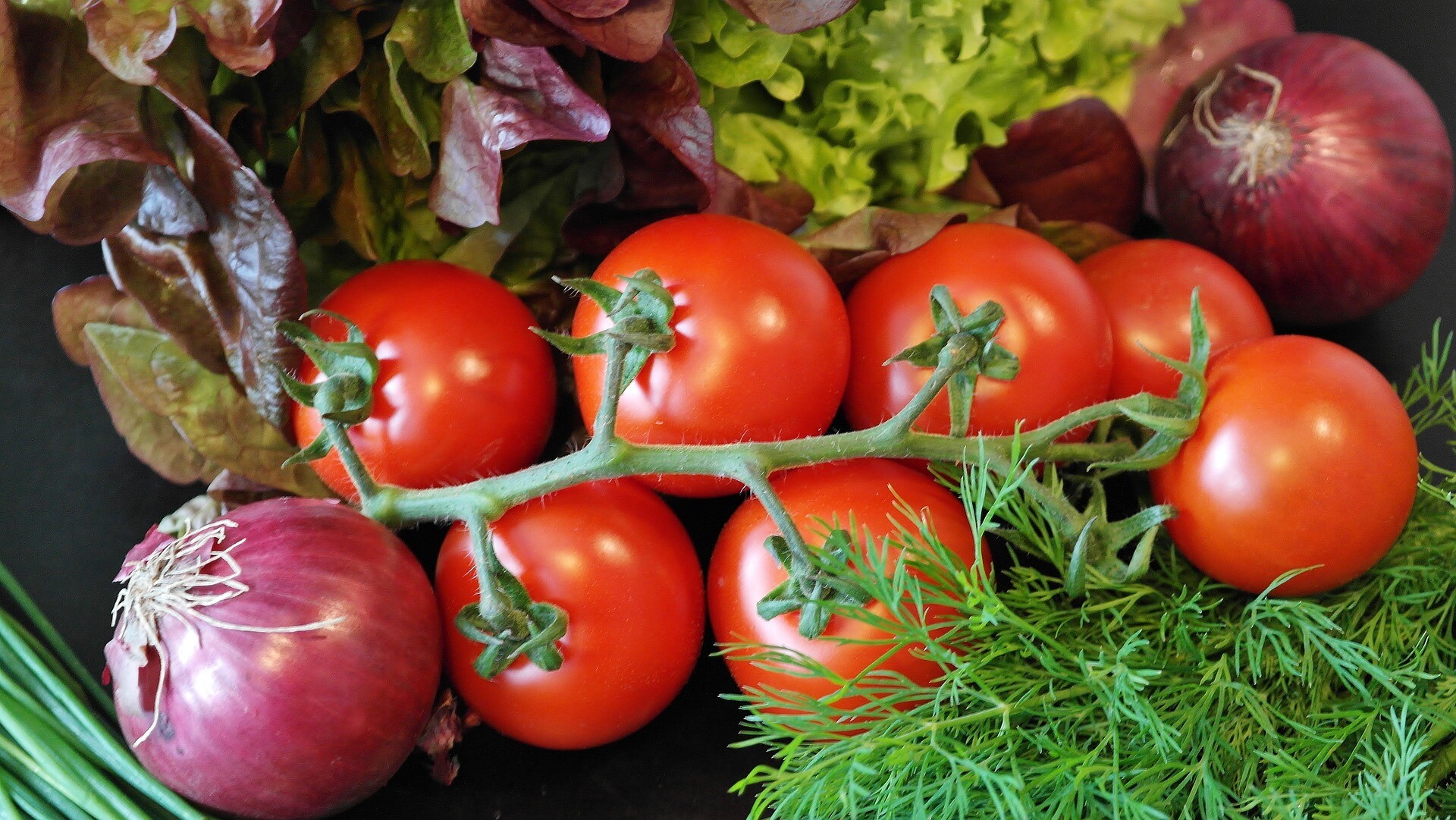The Top Tomato Companion Plants for a Successful Harvest
Tomatoes are a staple in many home gardens, but did you know that choosing the right companion plants can help enhance their health and yield? Companion planting is a gardening technique that involves pairing different plant species together in the same area to take advantage of their complementary growth habits, nutrient requirements, and pest-deterring properties. By planting the right tomato companion plants, you can create a diverse and harmonious planting arrangement that will benefit all of the plants involved.
Understanding tomatoes
Before diving into the world of tomato companion plants, it’s important to understand tomatoes’ specific needs and characteristics. These sun-loving vegetables prefer well-draining soil with a pH of 6.2 to 6.8 and plenty of sunlight. They are sensitive to certain chemicals and pests and can be prone to diseases such as verticillium wilt and blossom-end rot. Tomatoes are also heavy feeders, requiring a lot of nutrients to thrive.
Tomatoes generally prefer plenty of sunlight, as they are a warm-season vegetable that requires at least 6 hours of direct sunlight per day to thrive. However, in very hot climates or extremely hot weather, tomatoes may benefit from some shade to prevent overheating and sunscald.
Shade can help regulate the temperature around the tomato plants, keeping the soil cooler and protecting the plants from the sun’s intense heat. This can help prevent wilting, yellowing of the leaves, and other signs of stress that can affect the health and productivity of the plants.
It’s important to keep in mind that too much shade can also be detrimental to tomatoes, as they require a certain amount of sunlight to produce fruit. Generally, a location that receives at least 6 hours of direct sunlight per day is ideal for growing tomatoes. If you live in a hot climate or are experiencing particularly hot weather, you can provide some shade for your tomato plants by using shade cloth or by planting taller companion plants that will provide some natural shade.

Choosing the right companions
Many plants make good companions for tomatoes, including herbs, flowers, vegetables, and other fruit trees. Herbs like basil, oregano, and marjoram can help deter pests and improve the flavor of tomatoes. Basil, in particular, has a strong aroma that can help repel aphids and other pests that can damage tomatoes. Oregano and marjoram can also add a delicious flavor to tomato dishes when used fresh or dried.
Flowers like nasturtiums, calendulas, and marigolds can deter pests and attract beneficial insects. Nasturtiums, in particular, have a strong aroma that can help repel aphids and other pests, and their bright flowers can add a pop of color to the garden. Calendulas and marigolds can attract beneficial insects and add a cheerful touch to the garden.
Vegetables like carrots, onions, and peppers can make good companions for tomatoes due to their similar watering and fertilizing needs. Carrots, for example, can help improve the soil structure and can also be grown in the same soil as tomatoes. Onions and peppers can also thrive in similar growing conditions and can be used in various dishes when paired with tomatoes.
Other fruit trees, such as apples and blueberries, can also complement tomatoes in the garden. Apples, for example, can provide shade for tomatoes and be grown in the same soil. Blueberries are another good option, as they have similar soil and watering requirements and can provide shade for tomatoes.
Planting and care
Proper planting and care are essential for the success of any companion planting arrangement. When planting tomatoes and their companions, it’s important to consider the specific needs of each plant, including their preferred soil type and sunlight exposure. It’s also important to pay attention to spacing and arrangement, as some plants may need more room to grow or may benefit from being planted in specific patterns. Regular watering and fertilizing according to the needs of each plant can also help ensure their health and productivity.
The ideal spacing for tomato plants depends on the variety of tomatoes being grown, as well as the size and layout of the garden. In general, it’s recommended to plant tomato seedlings about 18 inches to 36 inches apart, with 36 inches being the ideal spacing for larger varieties. This allows enough room for the plants to grow and provides sufficient space for air circulation. Poor air circulation can lead to a buildup of humidity and heat, creating an ideal environment for the growth and spread of diseases such as powdery mildew. To ensure good air circulation, it’s recommended to avoid overcrowding the plants and planting them too close to fences or other structures. Pruning the plants regularly can also help improve air circulation by removing excess foliage and allowing more light and air to reach the center of the plant.
You can help ensure their health and productivity and enjoy a successful tomato harvest by taking the time to properly space and care for your tomato plants. Proper spacing and air circulation can go a long way in preventing diseases and promoting healthy growth in your tomato plants.
Summary
In conclusion, companion planting with tomatoes can be a rewarding and effective way to enhance the health and yield of your home garden. By understanding the specific needs and characteristics of tomatoes and choosing the right companion plants, you can create a diverse and harmonious planting arrangement that will benefit all the plants involved. With proper planting and care, companion planting can be a simple and rewarding way to enjoy a bountiful tomato harvest.
